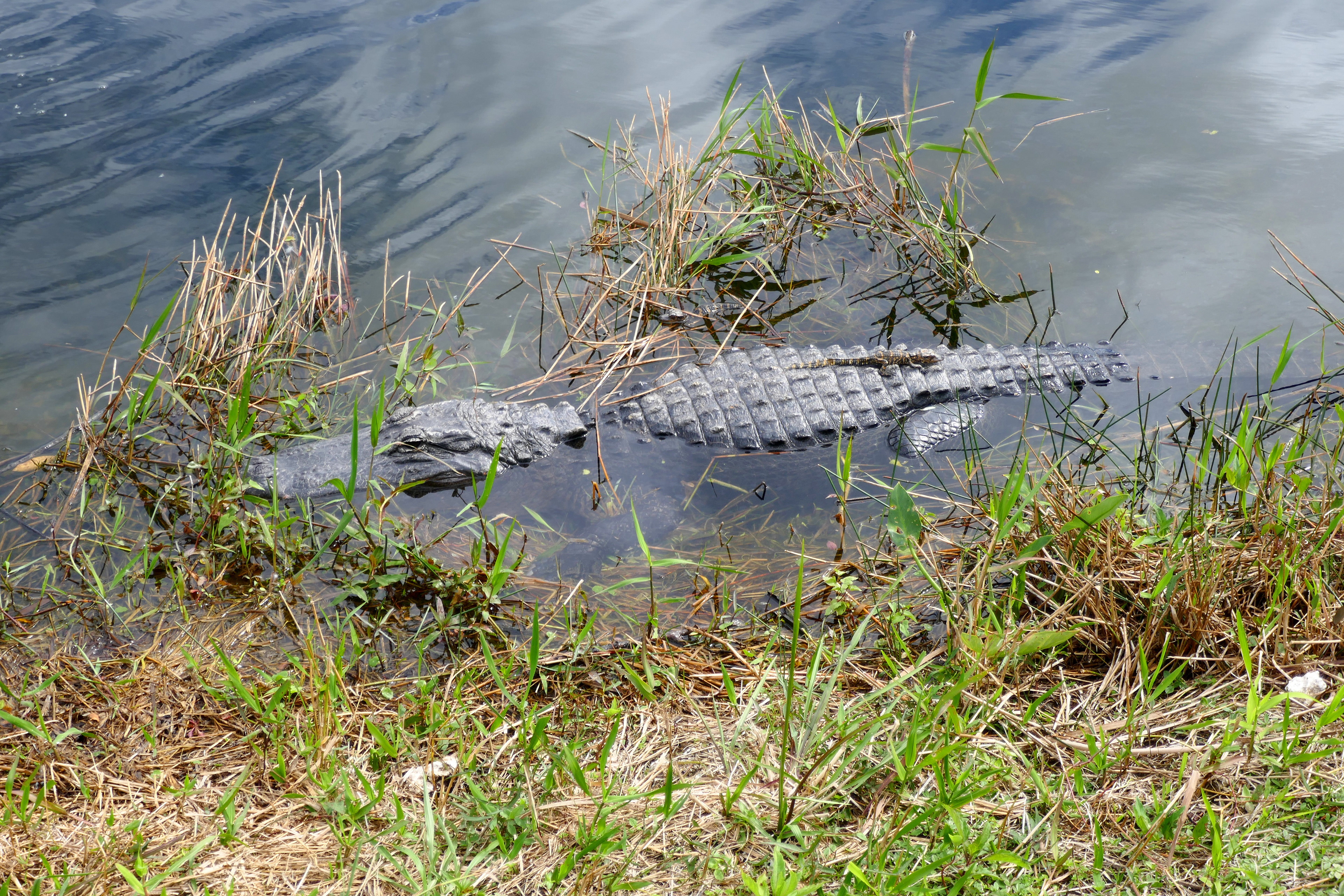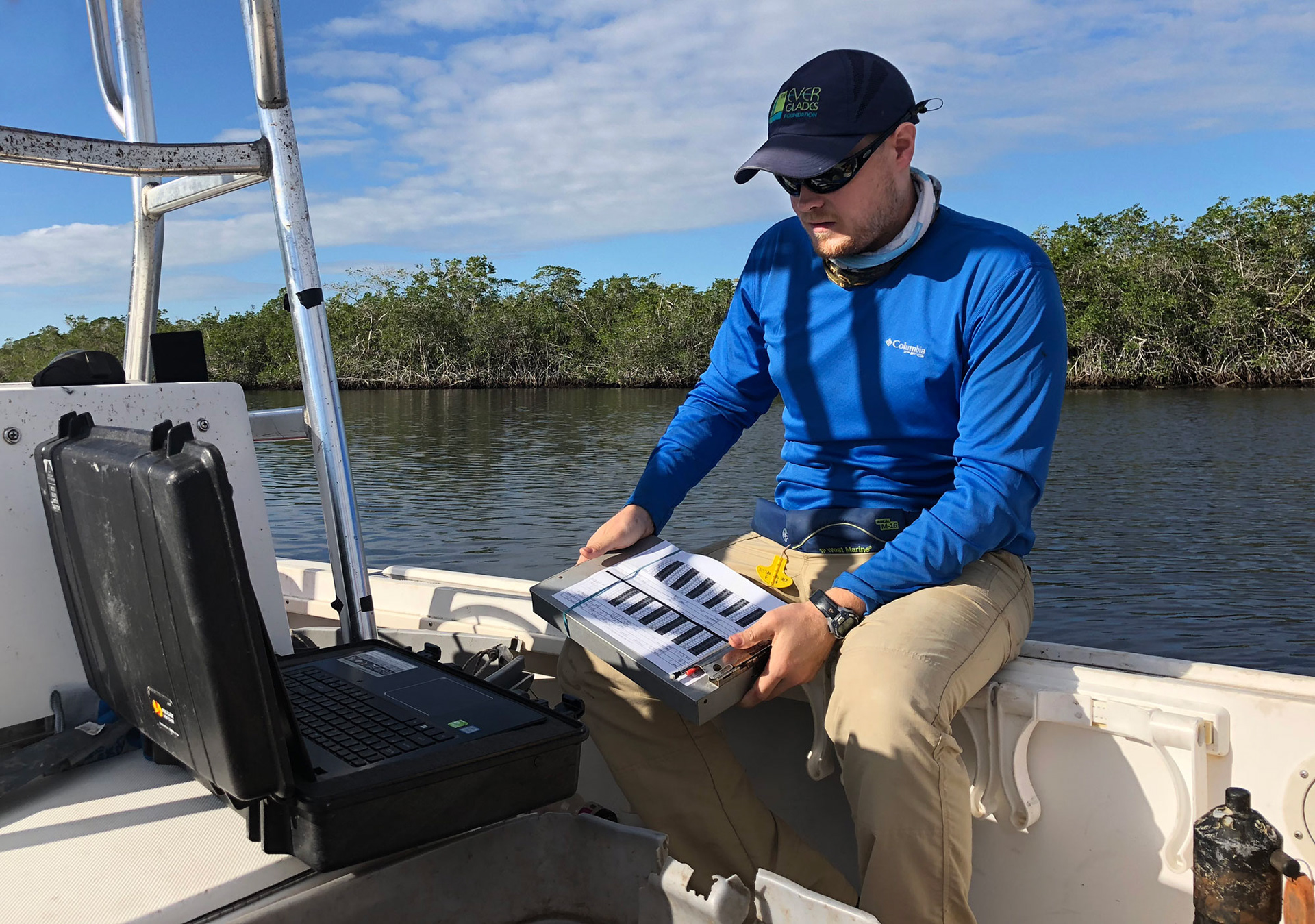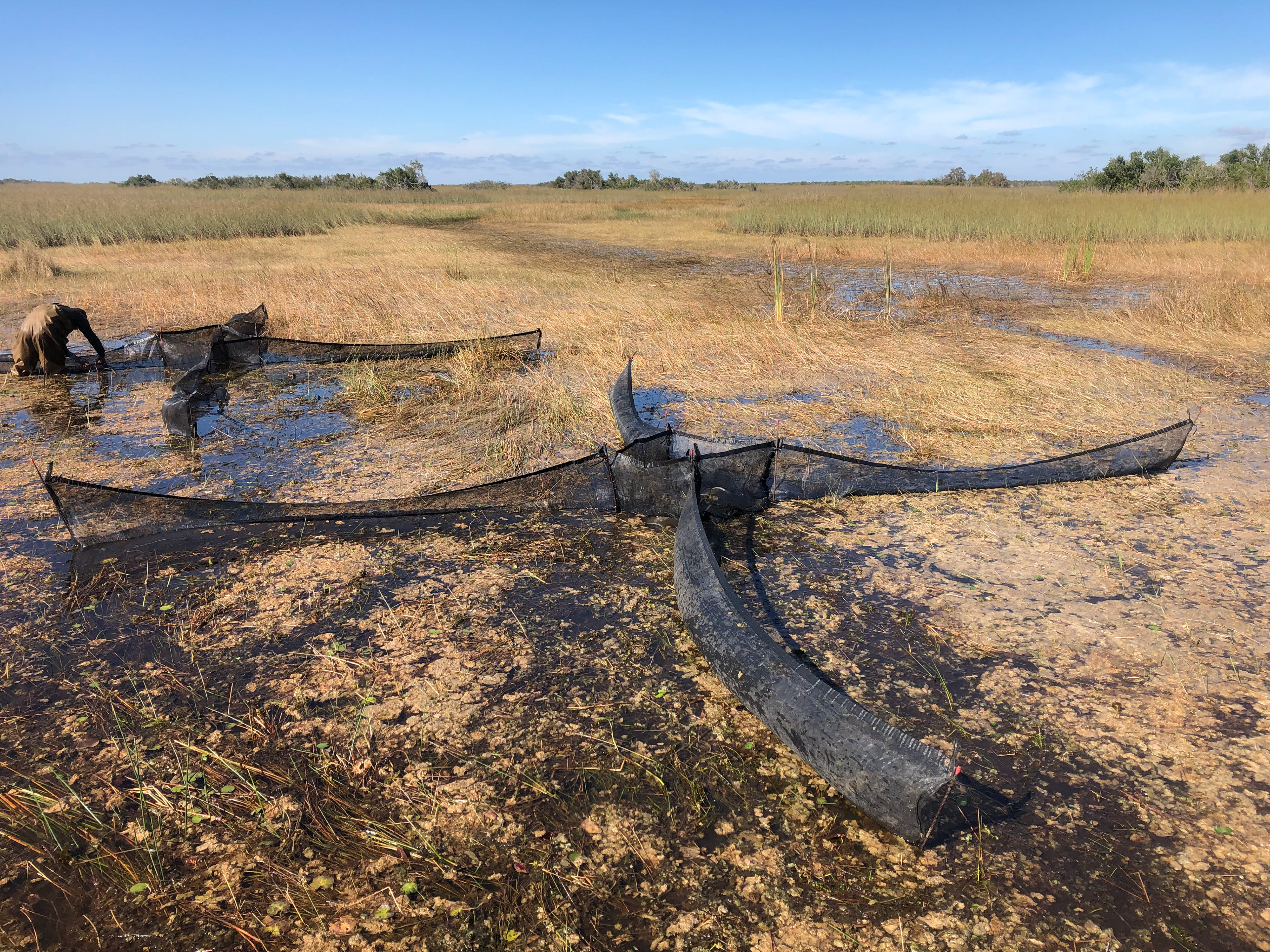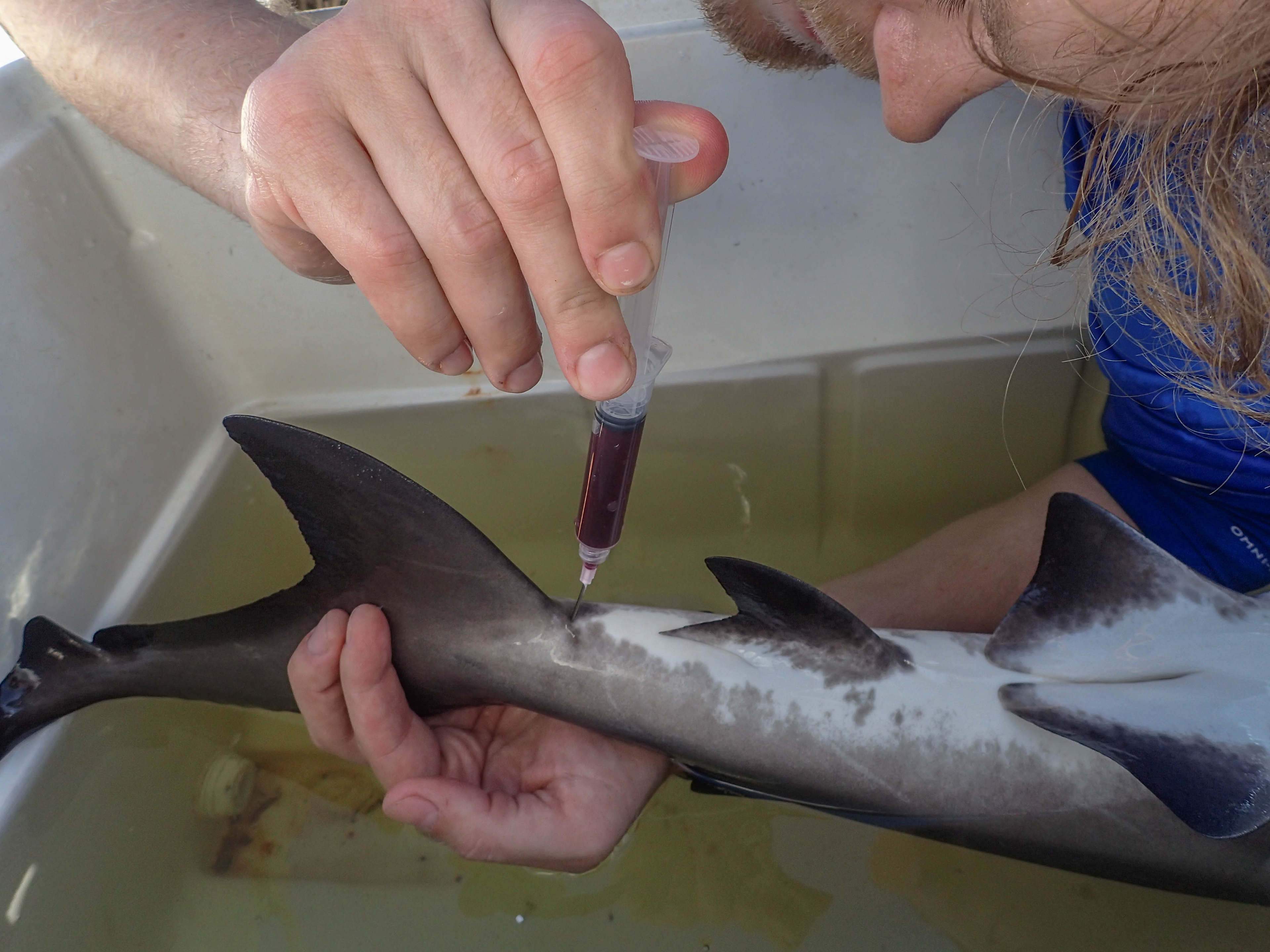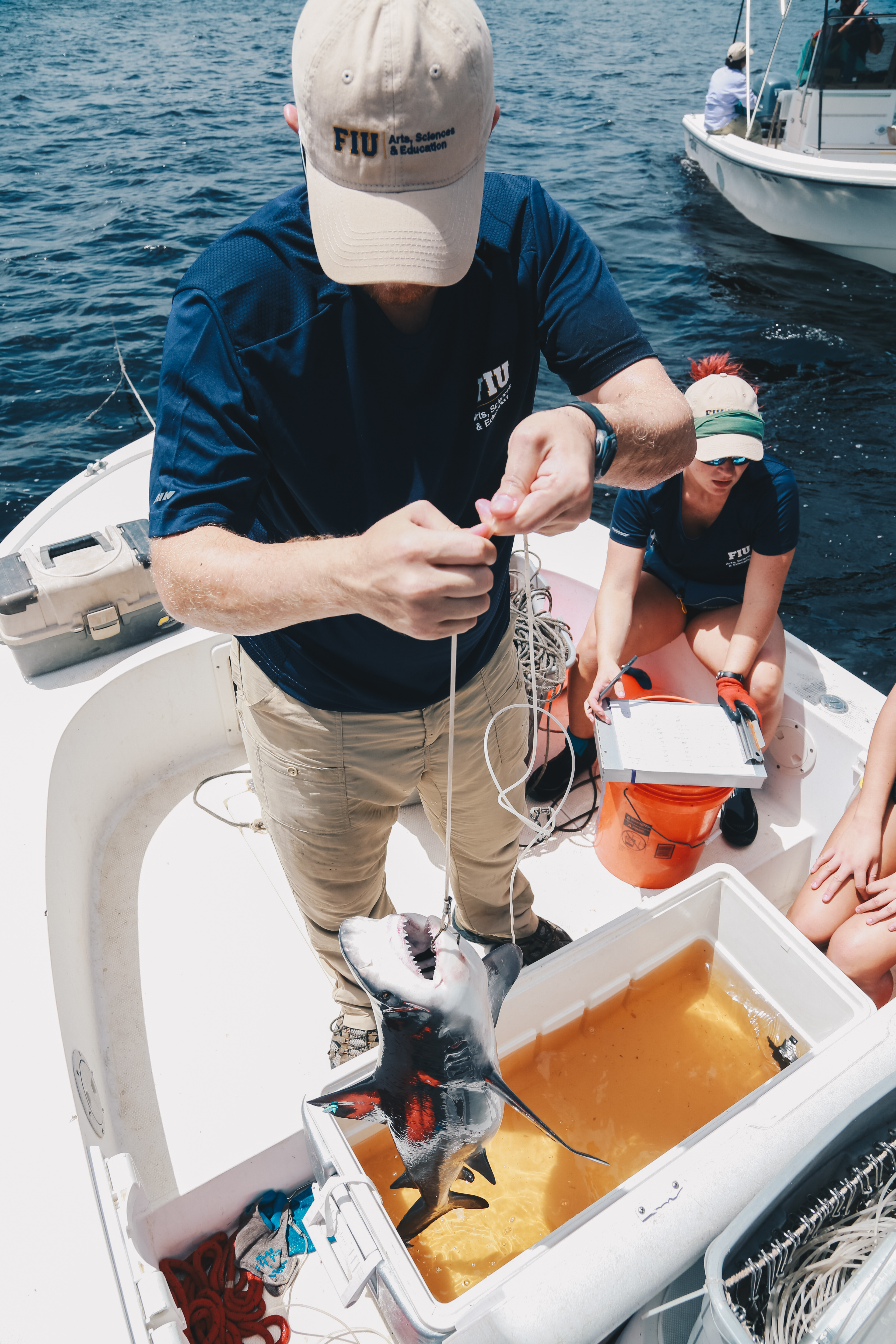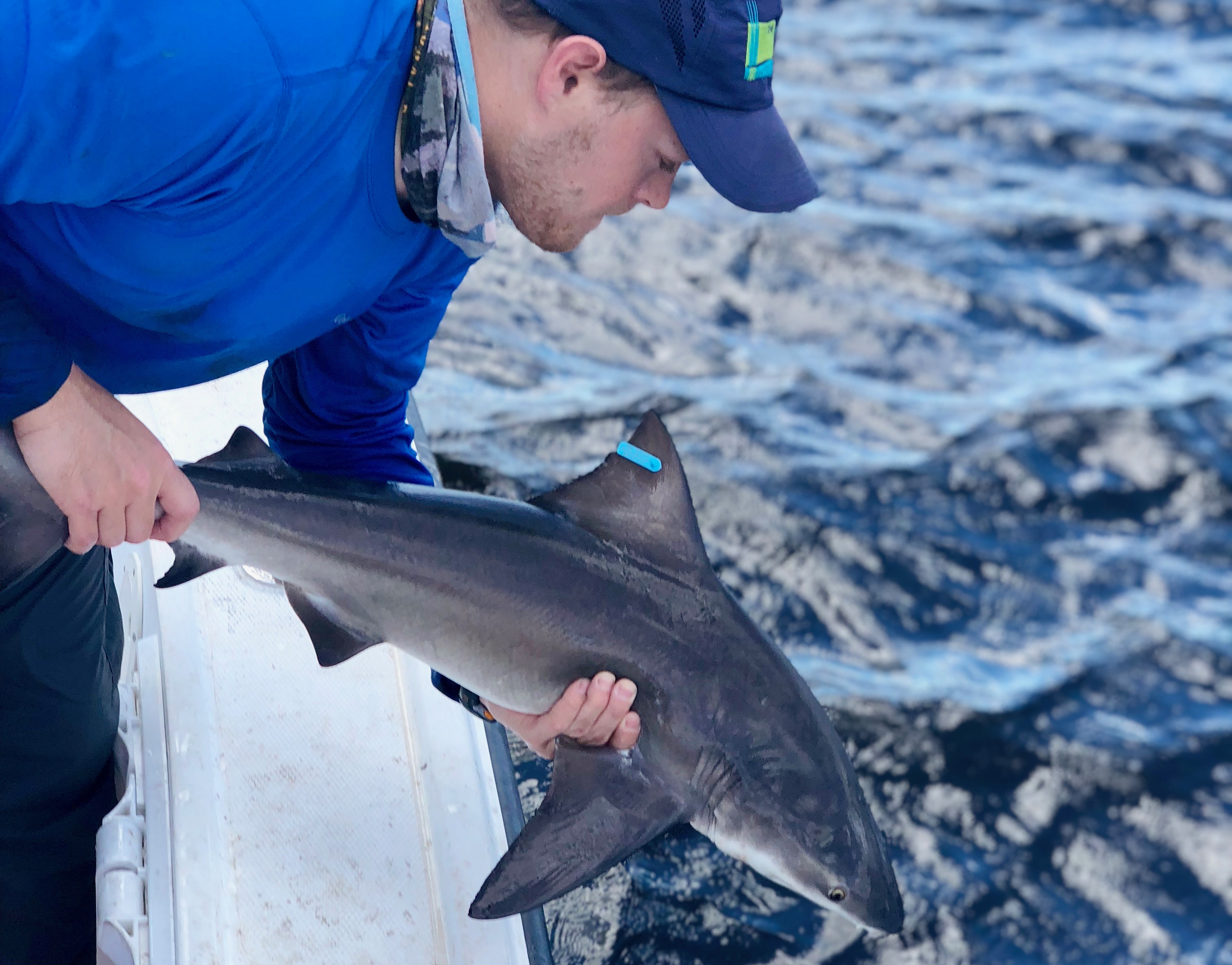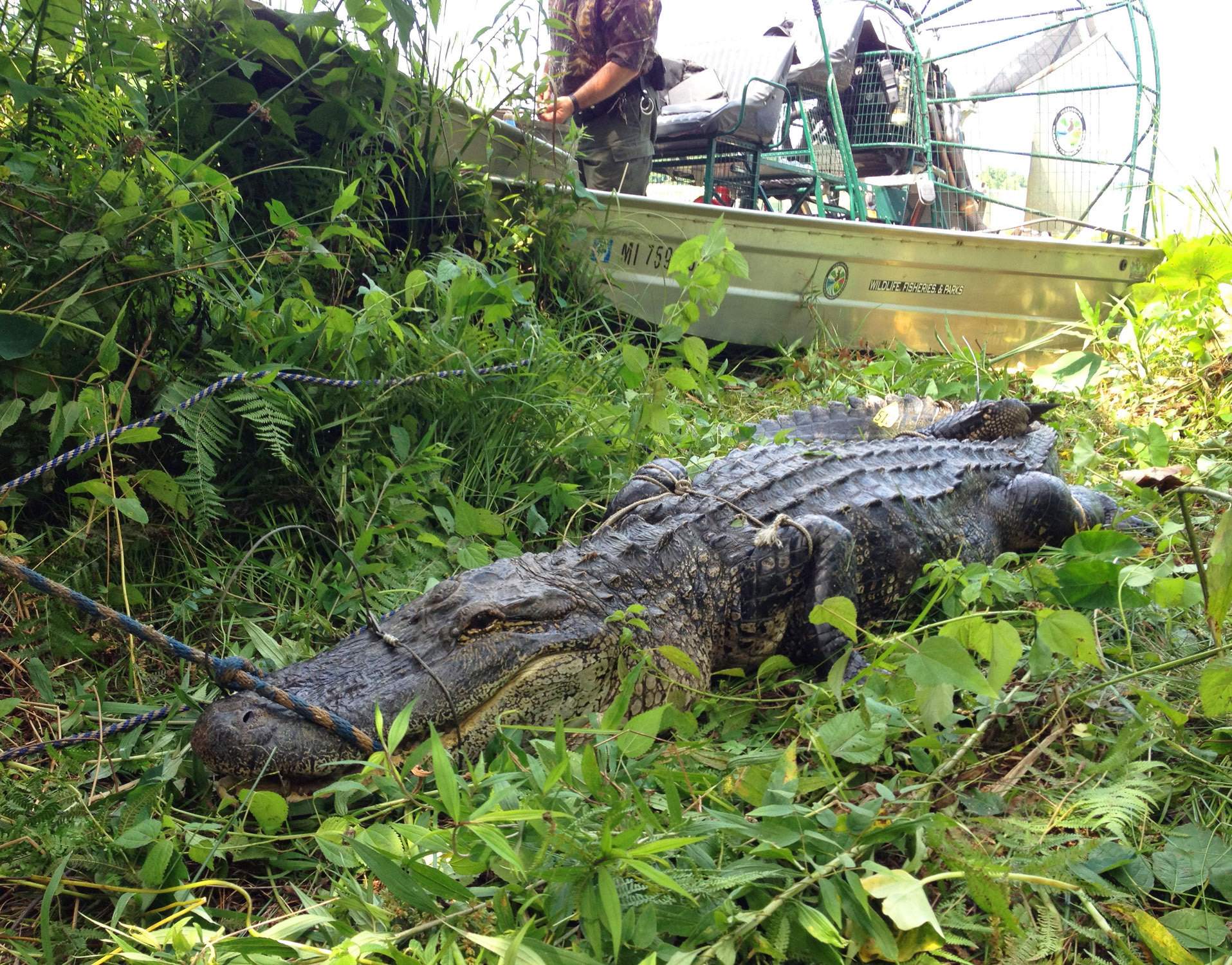food-webs as models
Food-webs are useful depictions of how energy and matter including nutrients and pollution flow through ecosystems. Realizing that a single animal is just a part of a much larger network opens up a world of predictions about how a change in one part of the web might impact another. This is where I think ecology, or studying interactions, gets really exciting. Knowing who an animal interacts with, the nature of the interaction, and what environmental factors influence these things can help us determine the ecological importance of each component of a food-web.
My research
One of my current research projects focuses on understanding the drivers of secondary production in coastal streams. Secondary production just means the accumulation of heterotrophic biomass and is an important ecological metric that allows us to understand community dynamics and food-web links. By using these models and carefully designed field experiments, we can determine the relative roles of predation and nutrient availability. Specifically, this work quantifies how climate-related shifts in environmental conditions (e.g., rainfall and temperature) influence ecosystem function by controlling basal resources and driving differences in predator communities. In another NSF-funded project (Co-Principal Investigator) is determining how community structure, food-web functions (e.g., predation, decomposition), and local climate variation affect the responses of coastal stream ecosystems to cold stress events. Extreme climatic events are becoming more frequent and intense; thus, there is an increased and rapid need to determine how ecosystems will respond.
As part of the Florida Coastal Everglades Long Term Ecological Research program, we are using stable isotope analysis, stomach contents, and pollution analyses to investigate the trophic ecology of predators including catfish, bull sharks, alligators, and dolphins throughout the Everglades. These efforts will allow for a more complete picture of the Everglades estuarine food-web and give us a deeper understanding of trophic interactions within the system. Having this knowledge may allow us to predict the consequences and benefits of the multi-billion dollar restoration plan to increase water flow back into the Everglades.
I am also studying the ecological importance of alligators, who create and maintain “alligator ponds” in the marsh by repeatedly digging to create an area of deeper water. Many animals including fish and aquatic invertebrates use these ponds as a refuge to make sure they have water in the dry season when marsh water levels drop. This concentration of animals, in turn, makes these ponds prime foraging sites for wading birds and large fish. As hotspots of biological activity, ponds concentrate nutrient-rich excrement and carcasses that enhance the resources available to algae, bacteria, and plants at the base of the food web. My work is looking at the ecology of these ponds and how alligators impact biogeochemistry and food-webs in the marsh.

